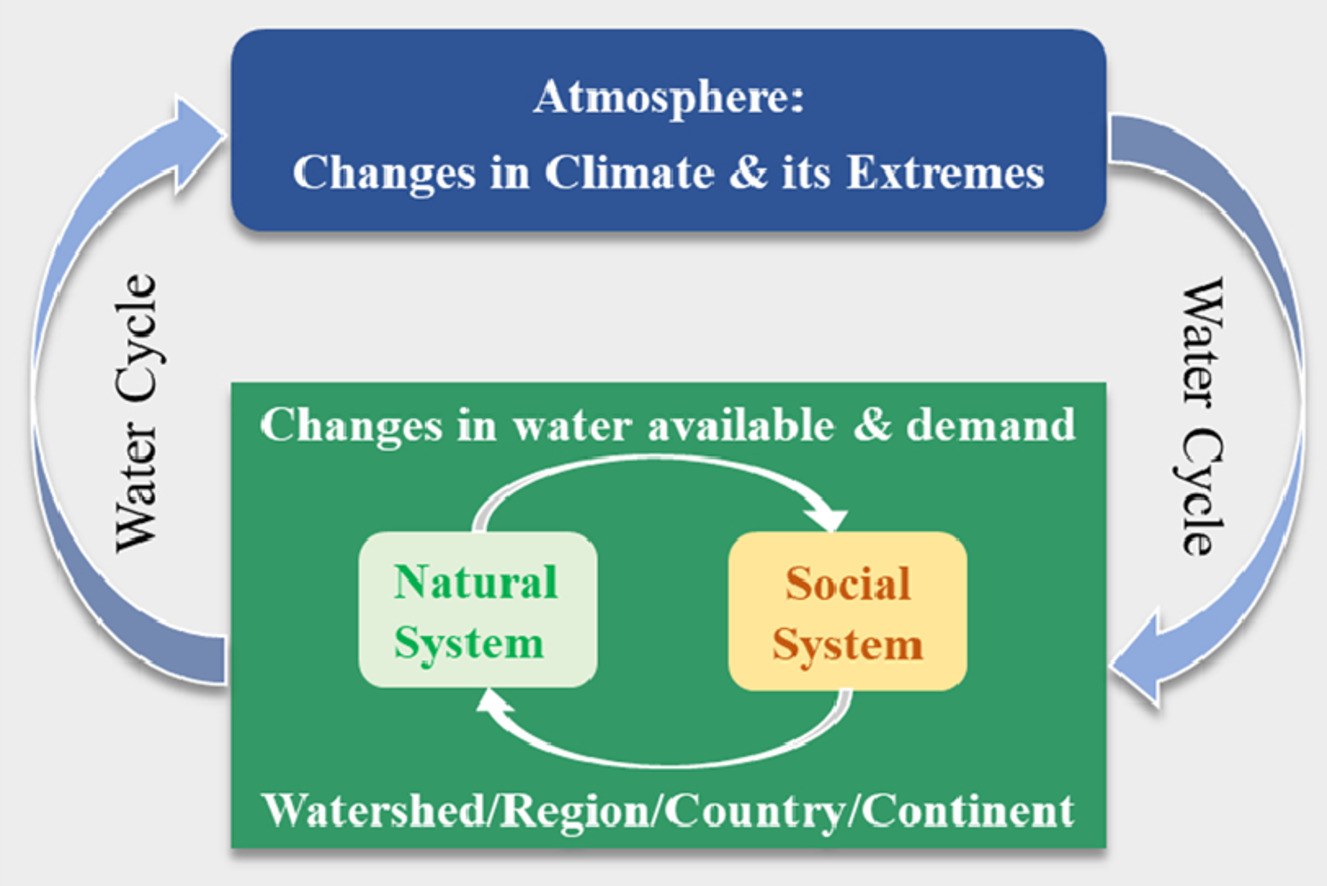The hydrological cycle, also known as the water cycle, describes the continuous movement of water on, above, and below the surface of the Earth, and is intimately linked to several Sustainable Development Goals (SDGs). It directly impacts SDG 6 (Clean Water and Sanitation), as disruptions in the cycle can affect water availability and quality. The cycle also has implications for SDG 13 (Climate Action) and SDG 15 (Life on Land), as climate change alters precipitation patterns, potentially leading to extreme weather events and affecting ecosystems. Moreover, it plays a significant role in SDG 2 (Zero Hunger), with changes in the hydrological cycle influencing agricultural productivity. Therefore, understanding and managing the impacts of changes in the hydrological cycle are vital for sustainable development.
David E. Reichle, Chapter 10 - The global carbon cycle and the biosphere, Editor(s): David E. Reichle, The Global Carbon Cycle and Climate Change (Second Edition), Elsevier, 2023, Pages 235-283, ISBN 9780443187759, https://doi.org/10.1016/B978-0-443-18775-9.00014-0.
Water is the fundamental natural resource that supports life, ecosystems and human society. Thus studying the water cycle is important for sustainable development. In the context of global climate change, a better understanding of the water cycle is needed. This study summarises current research and highlights future directions of water science from four perspectives: (i) the water cycle; (ii) hydrologic processes; (iii) coupled natural-social water systems; and (iv) integrated watershed management.
The European Union (EU) has had laws on the disposal of waste for over 30 years and laws concerning the environmental performance of products for over 20. However, these laws have not formed a cohesive whole - and that is about to change. December 2015 saw the European Commission (the body responsible for proposing new EU legislation) published its Circular Economy Package, with the stated objective of "closing the loop" of product lifecycles. This paper provides an overview of this package and demonstrates why the development of standards underpins future legislation.

